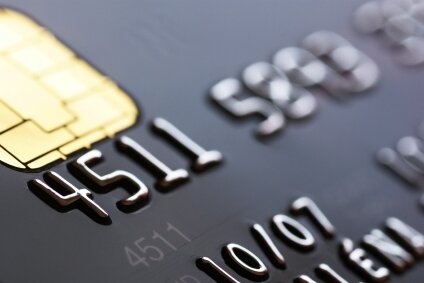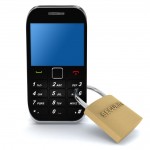Card Fraud: Tips from a Reformed Fraudster
by J_Pratt

As much as we “do-gooders” try to foresee what criminals are going to come up with next so we can try to figure how to cut them off at the pass, it’s very hard for most of us to think like a crook. Therefore, I’m always interested to learn about fraud from the criminals’ perspective. In an interview[1] earlier this year, a former credit card fraud operator shared what he does to protect himself from becoming a fraud victim. A few of his comments were particularly insightful for me:
- He monitors his accounts VERY frequently. Most anti-fraud sites encourage you to monitor your accounts “at least weekly,” but this ex-criminal checks his accounts daily.
- He uses “fake” information as answers to security questions. The security question and answer process simply provides an additional way of confirming that you are the person using your card. The answers don’t have to be truthful, they only have to match what you told the bank you would say when answering those questions. In fact, fake answers are harder for crooks to figure out, providing even stronger security.
- He pays attention to card machines he uses. He uses the same few ATMs so he is familiar with how they look and feel, and therefore more likely to recognize any physical change to them, such as when a criminal has attached a card skimmer over the card slot or a brochure rack that could hide a camera. He jiggles odd looking card slots to see if they are firmly attached and keeps an eye out for glue residue that may remain when the crooks has pasted something over the original payment equipment.
So how can we apply these ideas to improve our own fraud prevention practices?
- Use the alert services offered by banks and credit card companies. Checking your bank accounts and credit cards daily may be a little onerous for some. Sign up for consumer alerts that will notify you immediately if a suspicious activity occurs.
- Create a fake security question and answer profile. Develop a fictitious profile for your “alter-ego” so you can remember the bogus information you use as answers to security questions.
- Be observant of all card payment devices. Card and PIN skimming can occur at ATMs or any card payment devices. In recent years criminals have frequently targeted gas stations, convenience markets and drug stores, but it can easily happen in any place that uses card payment devices. Be attentive to the look and feel of all card devices and don’t be afraid to give a suspicious card reader or number pad a little tug.
[1] “Secrets of a former credit card thief, card theft is cheap, easy and you could be next”, Michelle Crouch, Creditcards.com, January 8, 2011, http://www.creditcards.com/credit-card-news/secrets-former-credit-card-thief-dan-defilippi-1282.php.






FraudAvengers said on January 1, 12 at 02:38pm
[...] Review your checking and credit card account transactions at least weekly for suspicious activity by using the bank or credit card companies’ on-line services (this is assuming you have already done steps 1, 2, and 3 above…) [...]
FraudAvengers said on March 22, 12 at 05:01am
[...] always interested to learn about fraud from the criminals’ perspective. In an interview[1] earlier this year, a former credit card fraud operator shared what he does to protect himself from [...]